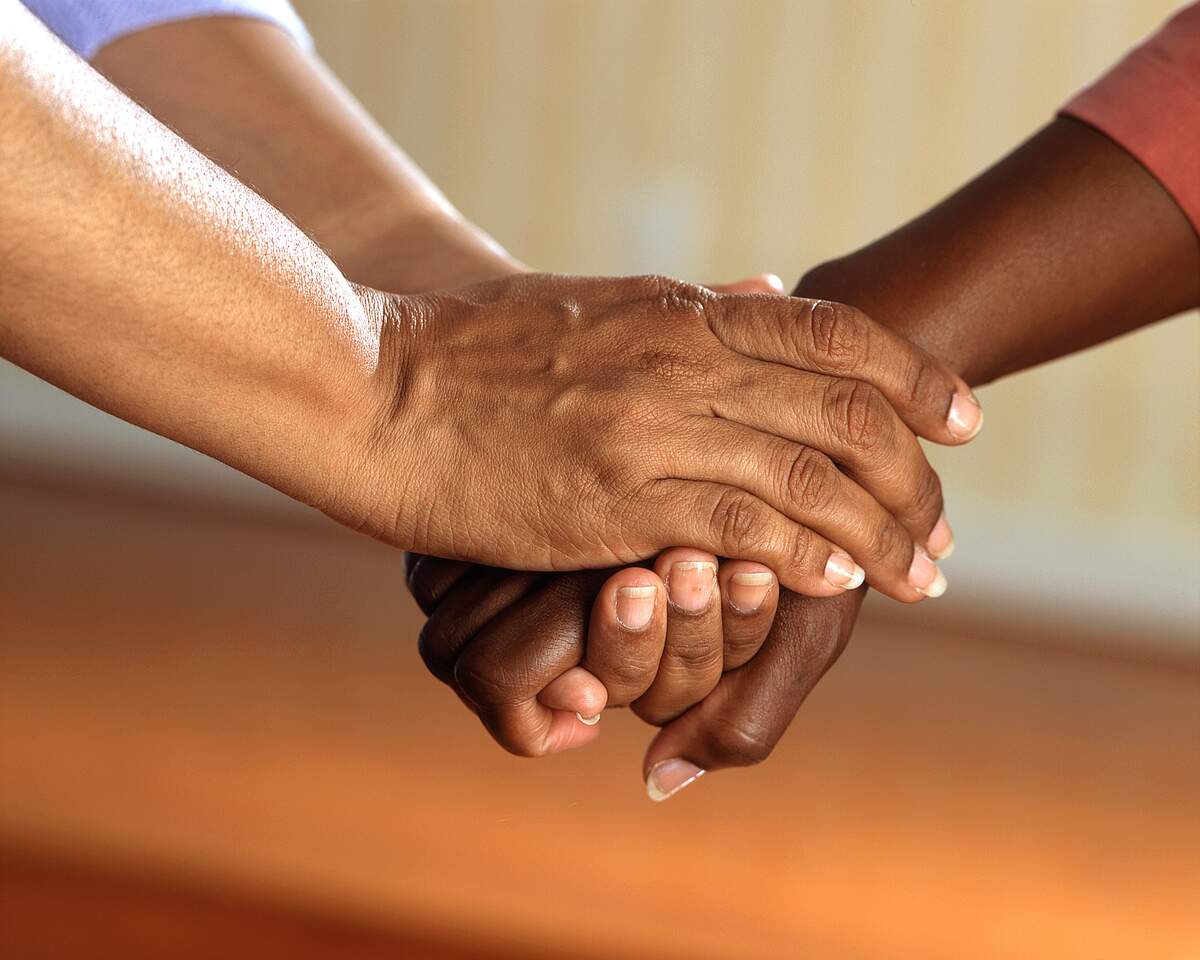

Humanitarian Day
Observed
annually on January 15th
Dates
Hashtags
Sources
http://www.giftypedia.com/Humanitarian_Day
http://www.holidays.net/mlk/emancipation_days_of_respect.htm
https://en.wikipedia.org/wiki/Racial_segregation_in_the_United_States
https://web-holidays.com/blog/2013/01/03/emancipation-days-of-respect/
https://www.brownielocks.com/january.html#Monthly
https://www.history.com/topics/black-history/martin-luther-king-jr
Humanitarian Day is one of three Emancipation Days of Respect, along with Victims of Violence Wholly Day and Dream Day Quest and Jubilee. These three days honor Martin Luther King, Jr. and promote "unity, respect, and remembrance for those who have struggled and sacrificed to help change America's unjust laws of racial segregation, as well as support and solidarity with victims of slavery and violence." Not to be confused with World Humanitarian Day, Humanitarian Day takes place on Martin Luther King, Jr.'s birthday, around the same time that Martin Luther King, Jr. Day is celebrated. People wear white on the day, and it is a day to show respect for and to remember those who worked in the twentieth century to overturn laws in order to end segregation in the United States.
Segregation in the United States refers to the disparities in access to different facilities, services, and opportunities on account of race, in particular between whites and African Americans, which permeated the country from the late nineteenth century until past the middle of the twentieth century. Segregation largely kept whites and African Americans separate from each other. Some areas where differences in access and quality existed were housing, transportation, the armed forces, public restrooms, hospitals, schools, restaurants, and employment. De jure segregation is segregation that is part of the law, while de facto segregation is not codified into law, but persists on its own, because of various factors buttressed by racism. De jure segregation existed in the South, while de facto segregation was part of life in the North, and still exists in some forms today.
During the Reconstruction period that followed the Civil War, amendments gave African American the right to vote, and made segregation illegal in public accommodations, although not in schools. But when federal troops left the South in 1877 and conservatives regained power, institutionalized segregation began. It was known as Jim Crow, being named after an 1830s minstrel show character.
In 1896, a monumental Supreme Court decision, Plessy v. Ferguson, upheld racial segregation. It established that segregation was permissible as long as services and facilities were "separate but equal." But, in reality, equality was almost never the case, with services and facilities for African Americans almost always being inferior. Sometimes services were not just inferior but didn't exist at all. By the early twentieth century, segregation engulfed the whole South, and African Americans were overwhelmingly disenfranchised as well.
Most units in the armed forces were segregated during World War I and World War II. In 1948, President Harry S. Truman signed an executive order banning segregation in them. Around that time, segregation was often fought with legal challenges. In 1954, the Supreme Court ruled segregation in schools was unconstitutional with Brown v. Board of Education, which overturned Plessy v. Ferguson by saying "separate educational facilities are inherently unequal."
In December 1955, Rosa Parks refused to give up her seat on a bus to a white man in Montgomery, Alabama. This sparked the Montgomery Bus Boycott, which was led by Martin Luther King, Jr. and brought him to national prominence. Countless well-known and everyday people who wanted to end segregation participated in sit-ins, marches, protests, and more during the following decade. The Civil Rights Act of 1964 did away with de jure segregation in public accommodations, among other things. However, it took a while to fully implement. This was followed by the Fair Housing Act of 1968, which outlawed discrimination in housing.
Despite the end of segregation by law, some de facto segregation remained throughout the whole country and continues to remain today. It can be seen in both schools and neighborhoods. White flight and economic factors such as jobs leaving the cities have led to largely white suburbs and African Americans living in the inner core of many major American cities.
One of the leaders at the forefront of fighting segregation was Martin Luther King, Jr., so it is apt that a day remembering those who worked to end segregation would take place on his birthday. King was born on today's date in Atlanta, Georgia, in 1929, and would go on to fight for equality and human rights for African Americans and all victims of injustice. He used nonviolent direct action and peaceful protest to achieve his goals and was influenced by Gandhi and Jesus Christ.
In 1954, King accepted a call to preach at Dexter Avenue Baptist Church in Montgomery, Alabama, and soon found himself at the forefront of the aforementioned Montgomery Bus Boycott, and then of the Civil Rights Movement. With other civil rights activists, King founded the Southern Christian Leadership Conference (SCLC), which he headed until his death. In 1963, the SCLC launched the Birmingham Campaign, which used boycotts, sit-ins, and marches to protest segregation and unfair housing practices in one of America's most racially divided cities. King was arrested and put in jail, where he wrote his famous "Letter From Birmingham Jail." Throughout his life, he would be arrested about 30 times for civil rights activities. Later that year he helped organize the March on Washington, where he delivered his famous "I Have A Dream" Speech. The march helped facilitate the passage of the Civil Rights Act of 1964. King was named the TIME Person of the Year in 1963, and given the Nobel Peace Prize in 1964.
In 1965, the SCLC worked with the Student Nonviolent Coordinating Committee (SNCC) for voting rights in Selma, Alabama, and King participated in the Selma to Montgomery march. This march helped to raise awareness for the Voting Rights Act, which passed in August 1965. By the late 1960s, King was broadening his focus. In 1967, he spoke out against the Vietnam War. In the final months of his life, he turned his attention towards poverty. He worked to organize the Poor People's Campaign, which was to culminate with a massive march on to the capital. King would not live to see the Campaign come to fruition, as he was taken down by an assassin's bullet while on the balcony of the Lorraine Motel in Memphis, Tennessee, on April 4, 1968. He had been in the city to lead sanitation workers in protest against low wages and bad working conditions.
How to Observe Humanitarian Day
The day could be celebrated by wearing white in order to show respect for and remember those who worked to end segregation in the United States. More could be learned about courageous fighters for equality by watching documentaries such as Eyes on the Prize, King: A Filmed Record... Montgomery to Memphis, Freedom Riders, or Brother Outsider: The Life of Bayard Rustin. It would also be fitting to read a book that deals with segregation today. You could also visit a museum such as the National Civil Rights Museum, which is located at the Lorraine Motel where King was shot, or the National Museum of African American History and Culture.
Some civil rights leaders besides Dr. King who have since passed away whom you could learn about today include:
- Medgar Evers
- Bayard Rustin
- Rosa Parks
- Fannie Lou Hamer
- W.E.B. Du Bois
- James Groppi
- Thurgood Marshall
- A. Philip Randolph
- Ella Baker
- Ralph Abernathy
- Fred Shuttlesworth





















